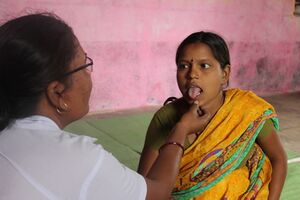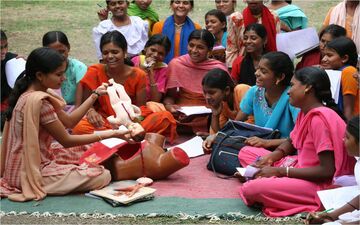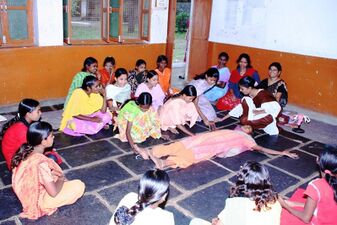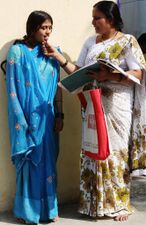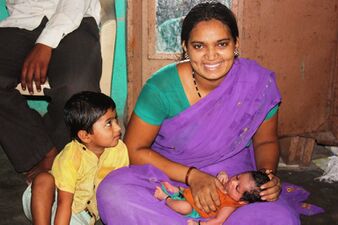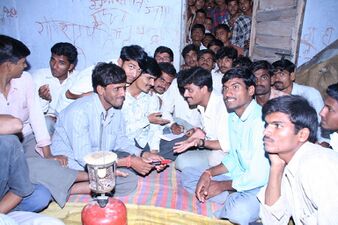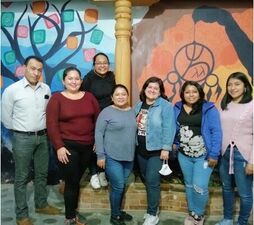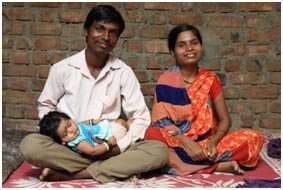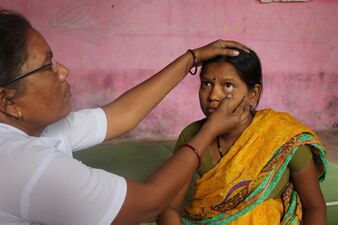Empowerment of 200000 Adolescent Girls in India: Difference between revisions
No edit summary |
(Updated problems) |
||
| (One intermediate revision by the same user not shown) | |||
| Line 17: | Line 17: | ||
=Project Gallery= | =Project Gallery= | ||
|Problems= | |Problems=204114,198807 | ||
|Solutions=198808 | |||
|organization_id=127250 | |organization_id=127250 | ||
|Region=India | |Region=India | ||
Latest revision as of 13:49, 28 June 2023
| Organization | Ashish Gram Rachna Trust: Institute of Health Management, Pachod |
|---|---|
| Region | India |
| Website | Website |
| N/A | |
| N/A | |
| ProjectLeader | Ashok Dyalchand |
| Linked Problems & Solutions
|
|---|
Almost half of girls in India will be married before the age of 18, and many will have their first child before they are 17. The Covid 19 pandemic has had a negative effect on adolescent girls. Child marriage perpetuates the poverty cycle and significantly increases the incidence of maternal and neonatal health issues and mortality. Our integrated interventions empower adolescent girls, prevent child marriage, help to delay conception and support young mothers.
Challenge
Almost 50% of girls in India get married before 18 years of age and have to prove their fertility soon after marriage. Among married adolescent girls, 40.2% of all deaths are due to maternal causes. Mothers under 15 years old are 5 times more likely to experience maternal deaths and have higher neonatal and infant mortality rates than their 20-29 year old counterparts. Implementing an integrated intervention to change these social norms is the challenge.
Long-Term Impact
The project will eventually reach a total of 6000 adolescent girls in rural Maharashtra. The Life Skills Education program has been shown to result in measurable improvements in the girl's skills, self-esteem and self-efficacy, which all help to delay marriage. Married adolescent girls will receive better health care and improved reproductive knowledge, which will decrease the incidence of health issues associated with pregnancy and improve the health of their children.
References
Project Gallery
